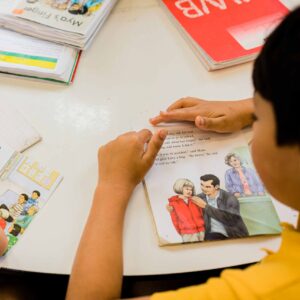Following the ravages of Gabrielle, Hawke’s Bay experienced a massive outpouring of altruism and good will. Much of it came from New Zealanders in other parts of the country who wanted to assist fellow citizens. But for people within the devastated region the immediate response to events was to look around and consider how they could help their community.
The staff and students of Omahu School have felt the aroha following the destruction wrought by Gabrielle. Their tiny 124-year-old school was inundated when the Ngaruroro River breached stop banks meant to protect the historic settlement.
Damage to the school was extensive and once the waters drained away contaminated sludge and debris were piled everywhere, some of it from the neighbouring urupa where flood waters had uncovered bones.
“We were left with nothing” says principal Te Kewena White.
When the principal of nearby Irongate School Maurice Rehu heard of his colleague’s plight, he didn’t hesitate to offer help.
“Many of our staff and students no longer had homes and were traumatised. We were refugees.”
“I said to Te Kewena, ‘Haere mai. Nau mai, haere mai. Come to us. We will look after you.’”
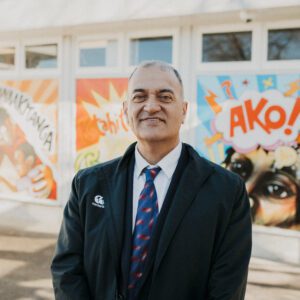
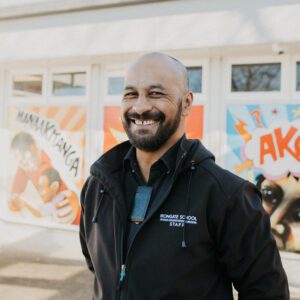
Within days of the offer a pōwhiri welcomed the Omahu School community into their new home at Irongate School. It was a big affair with members of the marae, the kāhui ako and council represented.
“It was very emotional that they received us,” says Te Kewena. “Many of our staff and students no longer had homes and were traumatised. We were refugees.”
In the welcoming speech an old whakatauki was shared: “Ko tāu rourou, ko taku rourou, ka ora ai te iwi” (With your food basket and my food basket, the people will thrive).
“It was a natural thing for our community to manaaki the Omahu community,” says Maurice. “Many of our staff and students are closely connected through whakapapa. They are cousins, nephews and nieces.”
“There have been opportunities for our older kids to be tuakana to those in need and plenty of opportunities for shared learning with kids moving between spaces.”
The Omahu tamariki and kaiako set up their classrooms in the Irongate school hall, the juniors in one half and seniors in the other.
“It’s open plan and easy,” says Te Kewena. “Once we got the rotations and task board going the noise levels dropped.”
The Ministry of Education provided furniture and materials to replace those lost in the flood and funded an extra teacher aide. Irongate also shared resources.
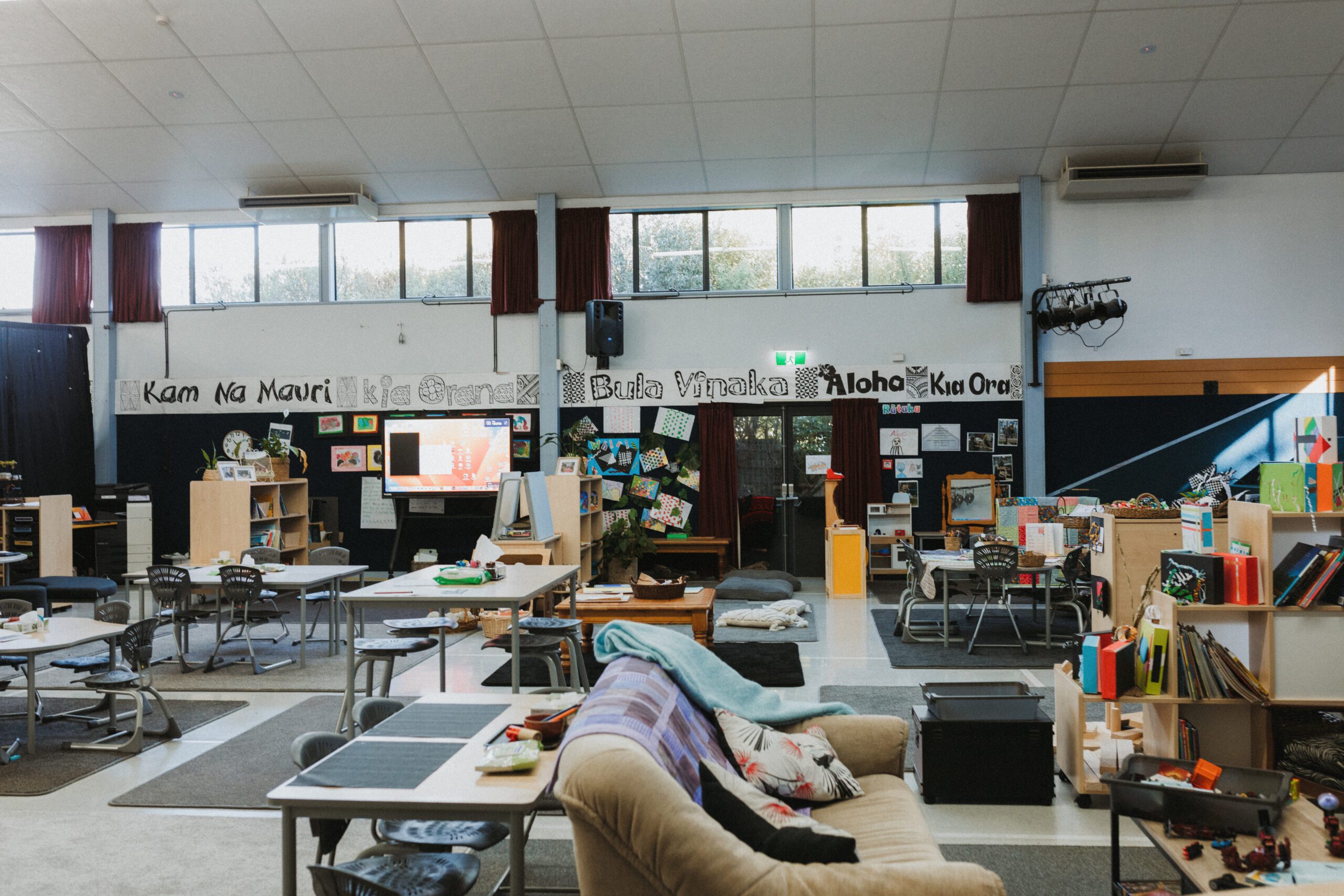
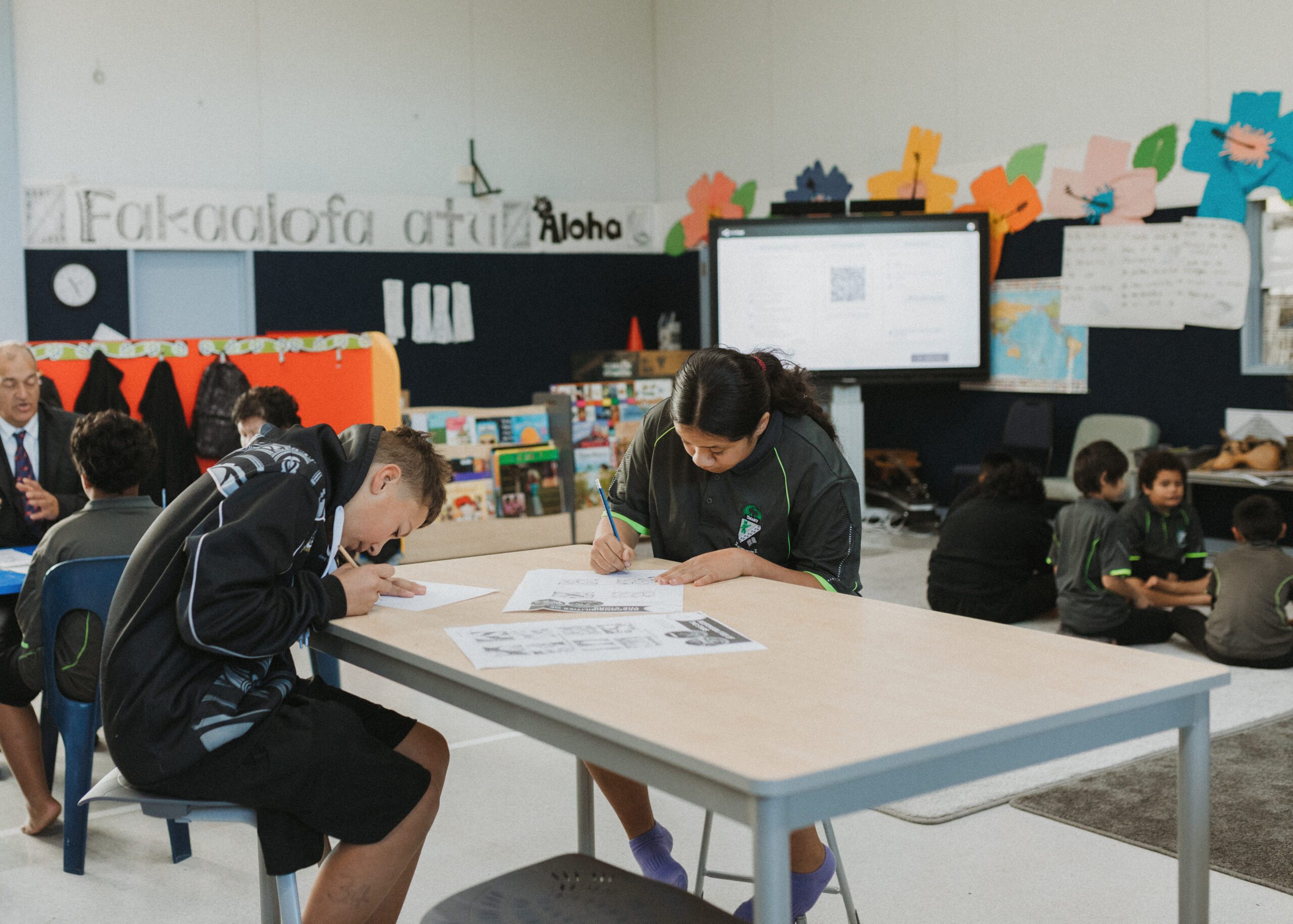
“Being here was what our students needed,” says Te Kewena. “They needed to be around other students and back in a routine.”
At the same time there has been a focus on supporting students through the trauma of their disrupted lives. The Ministry has provided counselling support as well as funding for an Art Therapist to work with the children.
“He is a local Omahu person which I think is important. Together they have worked with traditional artforms as well as other media and done some powerful and expressive work. It has helped our students to focus and heal.”
Though they have had their own classroom space, the Omahu students have quickly become part of the wider school. Maurice says that his role as host principal has been to remove any barriers.
“It’s been about allowing our kids to do what they do best; look after others, bring them in and enjoy the space together. There have been opportunities for our older kids to be tuakana to those in need and plenty of opportunities for shared learning with kids moving between spaces.”

There have been combined sports teams and performance groups, but the Omahu children continue to keep their identity. It is something that Te Kewena believes is critical to fostering resilience.
“Everything is centred on Omahutanga: the history, culture and values. This is where they start. It’s important they know who they are and where they can always return to. I know our children want to go home, but they continue to come to school. I think that’s being resilient.”
Despite the disruption, the staff of both schools have found the experience enriching. For Te Kewena, who has only been a principal a short time, working alongside another leader has been invaluable.
“It has been a real opportunity to see a different style of leadership in action and ask lots of questions,” he says.
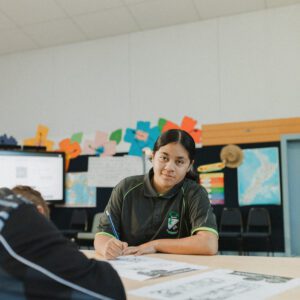
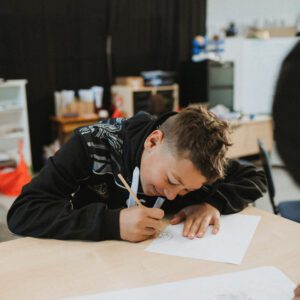
Meanwhile being with a group of visiting educators who are steeped in their Māoritanga has added a richness to the lives of Irongate staff.
“They have brought a lot of mātauranga with them; knowledge that has benefited our staff directly and indirectly. We’ve been able to bring some of that knowledge and tikanga into our own systems and processes. Then, when you see the nannies coming into this place carrying their moko kauae, their Māoriness, there’s nothing like it in a Māori setting.”
Te Kewena says that the experience of the flooding and its aftermath have been hard on his staff. Not only have they had personal loss and disruption, the effort in creating and maintaining a new learning environment for traumatised tamariki has created a huge amount of work.
This included one staff member and her husband (who worked voluntarily) filing insurance claims, resulting in “lots of new everything” for the school.
“We have worked long hours and I am very grateful for the way they have come around our students to help them move forward.”
“I know our children want to go home, but they continue to come to school. I think that’s being resilient.”
He is keen to acknowledge all those people, who have worked to help the Omahu children and the school. He quotes the whakataukī “Ka pai ā muri, ka pai ā mua,” and describes how many have worked behind the scenes. The Ministry of Education has not hesitated to give the necessary support alongside the Irongate community and the kāhui ako.
“We have had help nationwide from schools and from other principals who fundraised and sent cards. Some people have made gifts and sent quilts and knitted blankets and scarves and mittens. How do you say thank you for that?”
Te Kewena has found a way, by writing a waiata which he intends to record. It describes the force of the cyclone and the despair of the people. It then goes on to thank the nation for helping them through.
“I want to show the nation that Omahu School is alive and moving,” he says. “The children have learned the song and Maurice’s students are singing it too. I think the song will help our students. They know I wrote it and that it is about us, so it gives them pride. It shows them that you can dream big.”
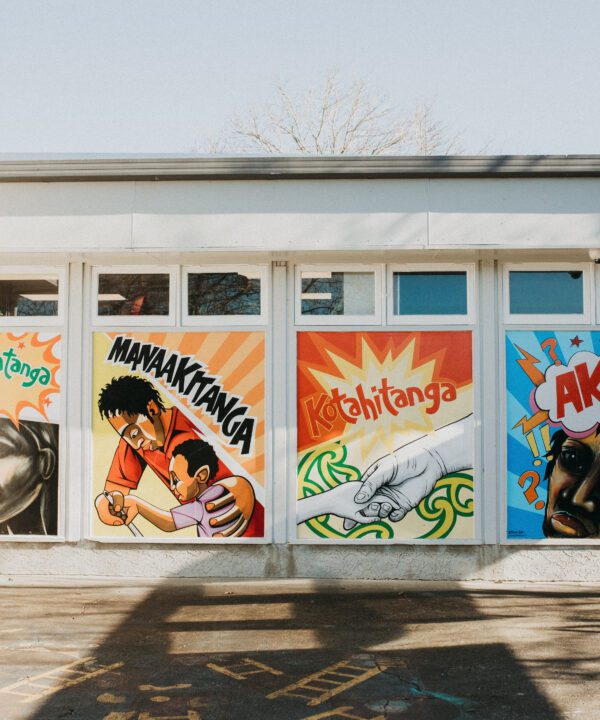
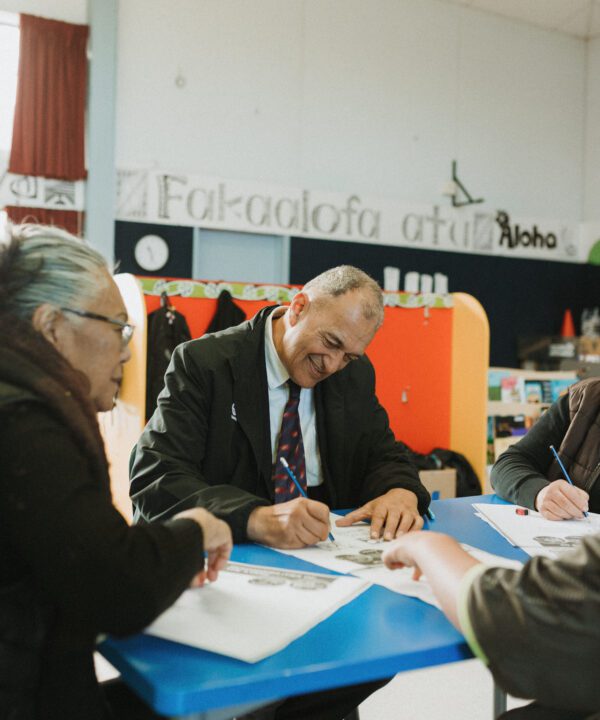
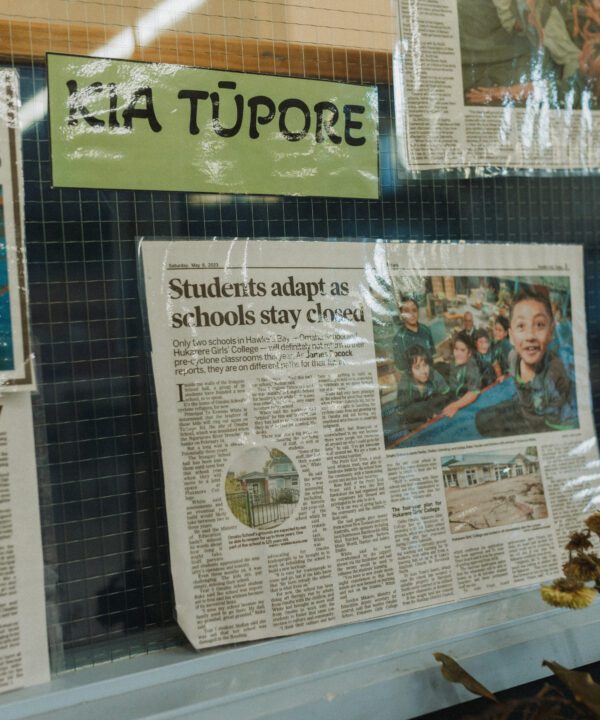
At the time of writing there was no date set for the Omahu teachers and students to return to their own school, but it will not be in 2023.
“I know they still pine to return to Omahu,” says Maurice “but they are resilient and strong. Te Kewena and his staff have done amazing mahi and that can be seen in the kids.”
***
Two hours north in Wairoa, Ngā Tamariki o Ngā Hau e Whā Kindergarten has just celebrated reopening its doors after almost a five-month hiatus.
“We are really excited to be back,” says head teacher Aira Bremner. “It’s been a long haul but the rebuild is complete and it is just beautiful.”
It is a huge contrast to the sight that greeted the teachers when they entered their workplace in February after the flood subsided. Water had been almost a metre deep inside the building leaving thick mud everywhere that the staff began to clear.
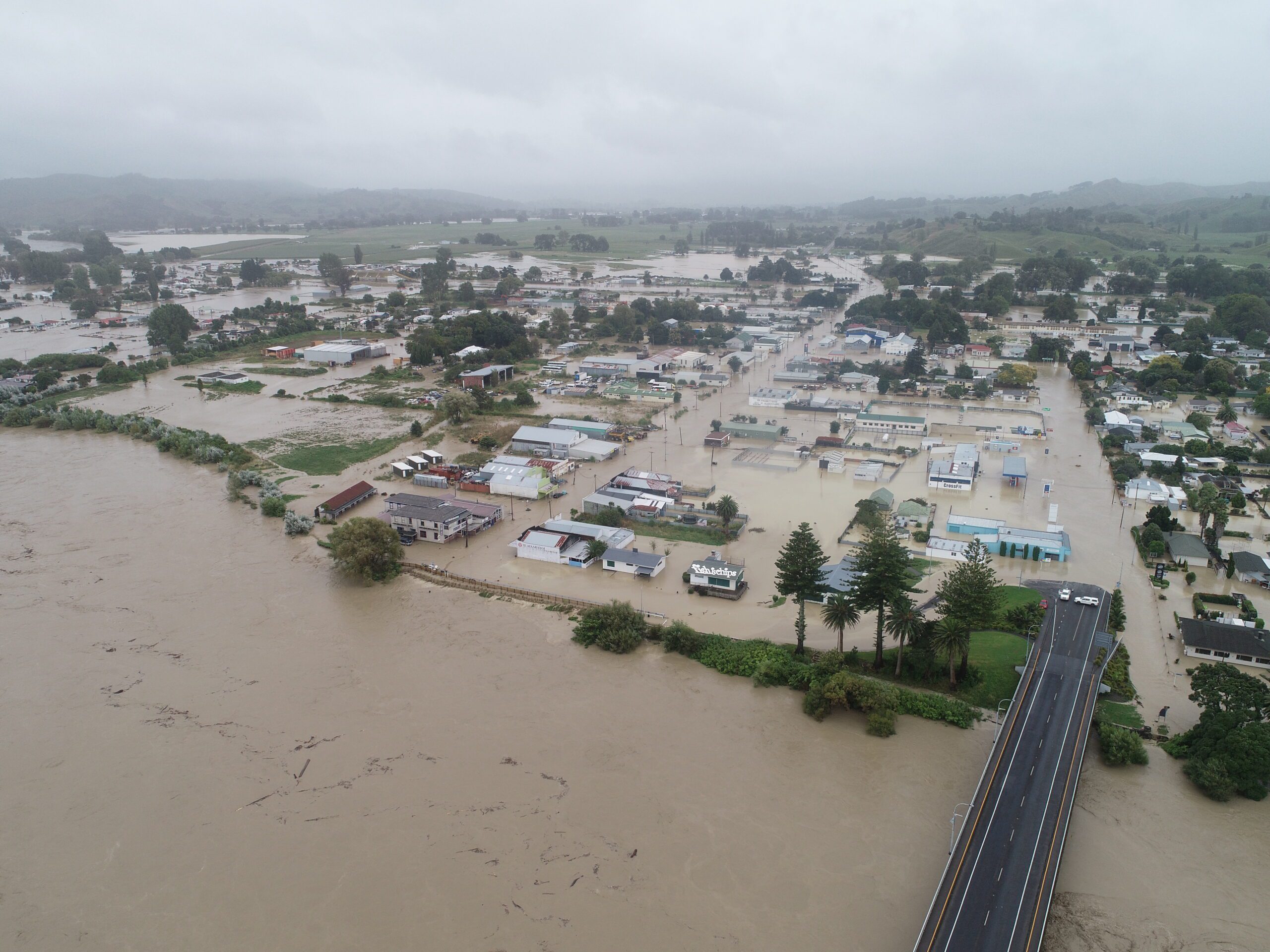
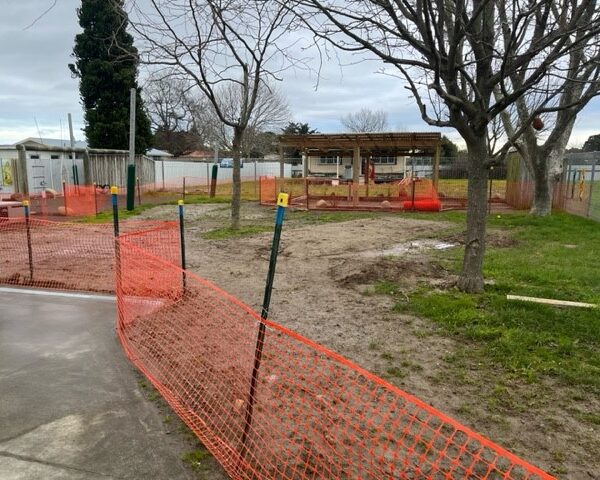
“We knew no one was coming so we just had to get stuck in and do it ourselves,” says teacher Catherine Couper. “It was horrible. Pretty much everything was destroyed.”
“What made it worse is that there was no water supply for the first week, so you couldn’t wash anything,” adds colleague Becky Ryan, who organised to have most of the kindergarten’s contents removed. Anything that had been touched by the floodwaters was deemed contaminated and had to be disposed of. The staff worked for two weeks on this.
“It was really emotional seeing everything on the side of the road,” says Aira. “But to put it in perspective, people whose homes had been flooded had their whole lives on the roadside. There were 145 people sheltering at Hinemihi Marae.”
“This whole experience has built my faith in the human race. There are amazing, beautiful people out there.”
It was clear that the kindergarten would not be able to open for some time, but Aira says that in this struggling community an alternative had to be found as soon as possible.
“We provide KidsCan to help support our families and for many of our children we are the one consistent thing in their lives. We tried to find somewhere close to move into, but there was nothing suitable and then the Napier Kindergarten Association suggested we move into Wairoa Kindergarten. They said they would make it work and they did.
All the tamariki of Ngā Hau e Whā were transferred onto the roll of Wairoa Kindergarten and staff from both kindergartens did some intensive work learning about the personalities and needs of children who were new to them.
“We had strategies to make sure everything flowed but we were blown away at how resilient our children were,” says Aira. “As long as we teachers from Ngā Hau e Whā were there the tamariki were happy to be there.”
Unsurprisingly, combining the two kindergartens on one site had its challenges. The first was managing numbers of children within the site license limits, but disrupted travel and high levels of illness within the community meant regulations were not breached.
More difficult was physically accommodating almost double the number of adults. This was partially solved when a neighbouring school offered a teacher workspace. Teachers also did administrative and assessment work from home.
Initially, staff from both centres took time to negotiate ways of working together. Differing rituals and routines and some pedagogical approaches had to be adjusted for things to run smoothly.
“Out of this negative thing that happened to us we now have a beautiful new kindergarten. Yes, we’ve lost our lovely outdoor area, but we can recreate that.”
“We had to find a middle ground and get everyone working cohesively together,” says Aira. “The positive outcome was that we were able to share the good things we do in our own centres and we ended up combining really well. I think the children got the best of both worlds and teachers from both kindergartens have built strong relationships.”
Over the weeks children continued to ask when they would return to their own kindergarten, but that eventuality seemed far off. The building was yellow stickered and local tradespeople were in high demand. Road damage prevented help coming from Napier and Hastings.
Fortunately, the partner of one of the Ngā Hau e Whā teachers is a builder and was able to do much of the work. Meanwhile Aira was able to make regular site visits to liaise with tradespeople, Ministry of Education assessors and council inspectors. What could have taken many months longer was achieved in a little over four.
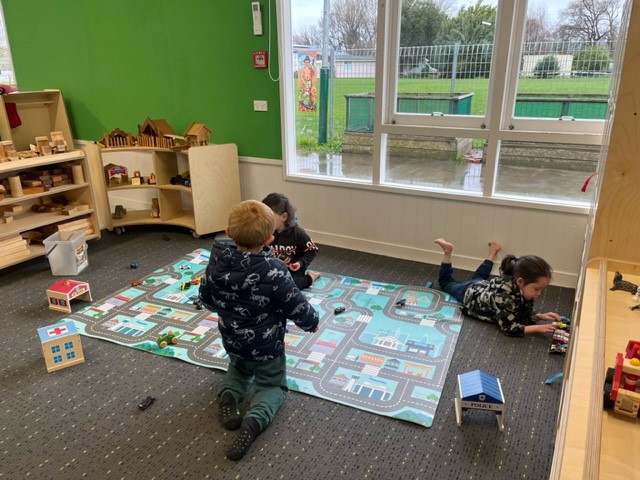
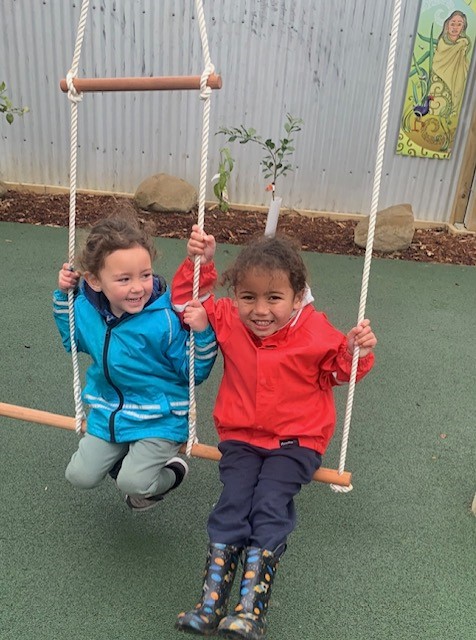
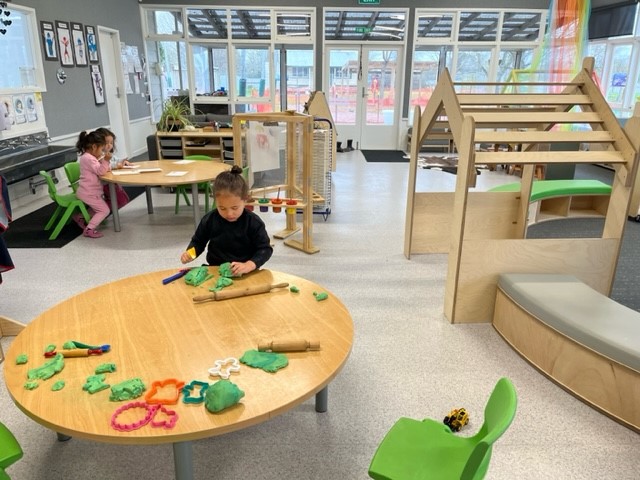

“It took a massive amount of work from everybody, especially Aira who basically project managed the whole thing,” says Becky. “Out of this negative thing that happened to us we now have a beautiful new kindergarten. Yes, we’ve lost our trees and lovely outdoor area, but we can recreate that.”
There is also considerable work to be done in rebuilding resources, but this will be helped by the donations of resources and money that has poured in from kindergarten colleagues across the country.
“This whole experience has built my faith in the human race,” says Aira. “All the lovely resources and money to buy effects that poured in just gave us a good feeling. There are amazing, beautiful people out there.”
***
The kaiako at Ōtātara Children’s Centre in Napier were some of those amazing people. Their centre had been inundated by flooding and made unusable by the toxic silt that remained. Locating alternative premises was going to take time so the staff looked for another way forward.

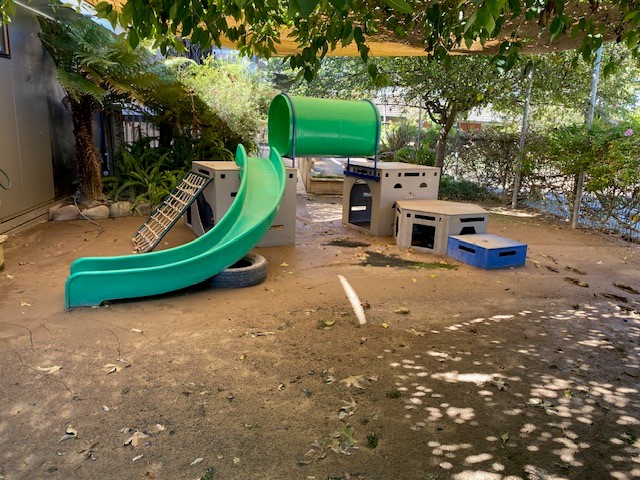
“We just wanted to help our families,” says centre manager Saemone Fraser. “We had a number who had lost their homes and were displaced. Many of our parents are essential workers: doctors, nurses, teachers and the like, so for them, not having childcare for any length of time was a huge problem.”
Saemone says that in these circumstances the priority was to give children some sense of normality and provide parents the opportunity to get back to work and deal with their issues around damaged homes.
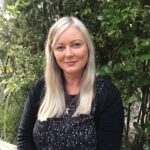
“As soon as we could, we teachers went and looked after the children of essential workers in their homes. It was a needs-based approach. We just put it out there for those that really didn’t have any other options.”
Relieved and anxious parents were quick to respond and soon Ōtātara teachers were operating a home-based early childhood service from multiple sites.
“Fortunately, we were able to implement an existing centre policy called ‘Teachers Working for Centre Whānau’ which is normally used for babysitting type arrangements,” explains Saemone.
“We ended up with about five or six children at each house. We had two teachers at each place for safety and for sanity reasons and then we had other teachers that would rove and cover breaks and lunches.”
“As soon as we could, we teachers went and looked after the children of essential workers in their homes.”
Almost half of the centre’s children were involved. They were grouped together on a friendship basis and seemed to enjoy the experience.
“The tamariki were brilliant,” says Saemone. “We had a few moments of course, especially with the children that had been severely affected by the flooding, but I think being around their friends really helped. It was like a playdate at somebody else’s house that just went on and on and on.”
The families were very grateful for the service, but the staff were relieved when after three weeks new premises were ready, and some sense of normality could resume.
“It really had been a trial. I remember at one point my boss asked me if I thought the teachers would get comfortable in that kind of arrangement and I said no; we much prefer working collaboratively in a centre. Working in people’s homes is not our choice. We did it for our centre families.”
The Ministry assisted in locating and licensing the new temporary premises – an old church creche 13 kilometres from the Ōtātara centre.
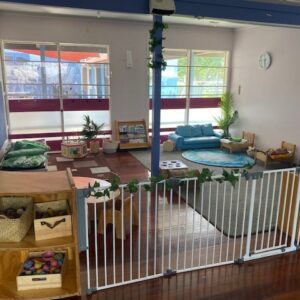

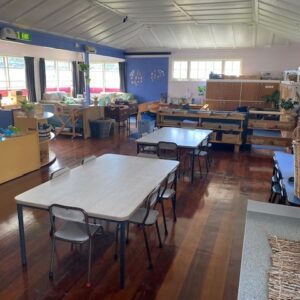
It is not ideal. Children and teachers miss their quality outdoor area and teachers are cramped for office space, but it is great to be able to operate as a centre again. Sadly, not everyone has been able to attend. The limited space doesn’t allow for the number of children who were originally enrolled at the home centre, and because of cyclone damaged roading, families in Hastings are unable to bring their children.
“That’s been tough,” says Saemone. “It’s sad having to say goodbye to families that were really part of our whanau. Maybe when we return to our usual premises, some of them will be able to join us again.”
The Ōtātara team hope to be back home in September.


